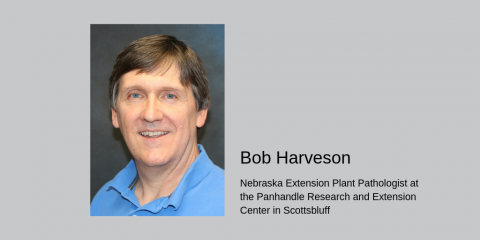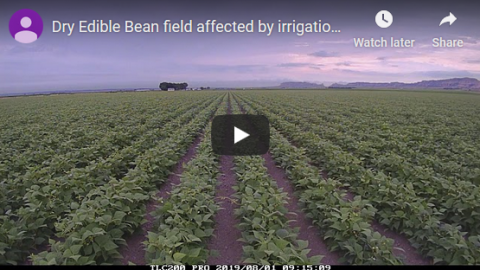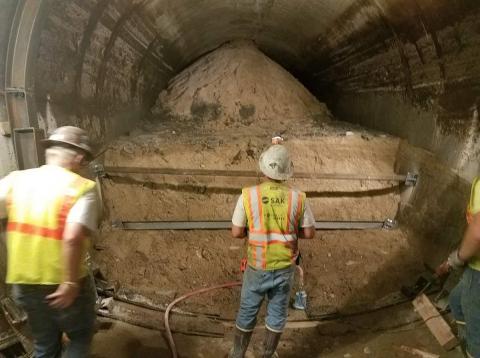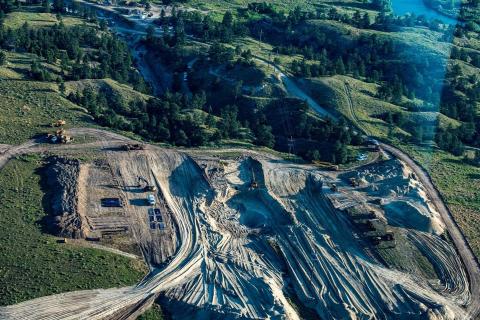Harveson Receives APS Distinguished Service Award for Region
August 28, 2019
The Distinguished Service Award recognizes outstanding effort in teaching, control of a significant plant disease, or service to the science of plant pathology. In nominating Harveson, his peers touted his work across multiple areas.
Incorporating Drought or Hail Stricken Dry Edible Beans in Livestock Feed
August 28, 2019
In some areas of western Nebraska hail and drought took a toll on dry edible beans this year, reducing the feasability of harvesting them for rigorous human consumption standards. Consider these other options for their use.
Some Fields Doing Better Than Expected Without Irrigation, Some Not
August 23, 2019
Time-lapse videos and photos capture the status of crops affected by the loss of irrigation water to growers in the North Platte River Valley in eastern Wyoming and western Nebraska.
Update on Canal Repairs Affecting Growers in Nebraska and Wyoming
August 23, 2019
Work continues to excavate soil above the irrigation tunnel collapse just south of Fort Laramie. A series of trench boxes is being installed to facilitate safe conditions for continued digging. Prospects remain uncertain for restoring water this irrigation season.
Irrigation Tunnel Collapse Found to be an Insurable Event
August 23, 2019
Today, growers and nearby communities breathed a sigh of relief as the USDA Risk Management Agency announced that the water loss resulting from Goshen/Gering-Ft. Laramie Canal tunnel collapse was an insurable loss.
Update: Tunnel Repair Continues 'Round the Clock'
August 16, 2019
Repairs to the Gering-Fort Laramie-Goshen irrigation canal and tunnel are progressing, although it’s still too early to determine when water flow will be restored, growers were told Monday at stakeholder meetings in Nebraska and Wyoming. A photo series helps tell the story of progress.
Potential Economic Impact of Tunnel Collapse is $89 Million
August 15, 2019
The economic impact of the July 17 tunnel collapse on the Gering-Fort Laramie Canal could climb as high as $89 million if the loss of irrigation water results in a total crop failure, according to a new report issued by University of Wyoming Extension and Nebraska Extension.
UNL High Plains Ag Lab Field Day Aug. 13
August 9, 2019
The Aug. 13 High Plains Ag Lab Field Day will highlight UNL research on dryland crops, especially sunflowers, proso millet, and grain sorghum.






